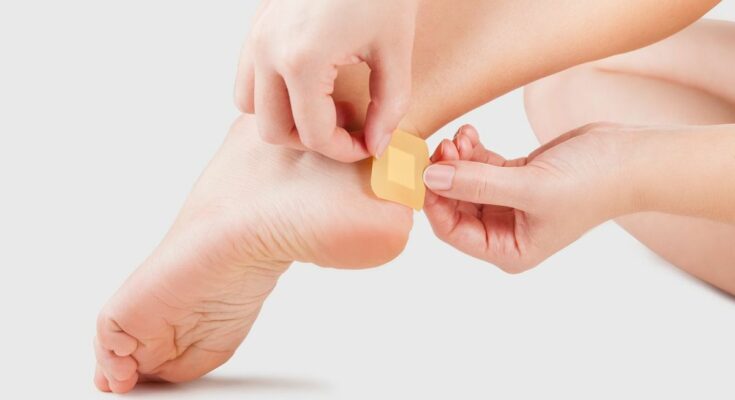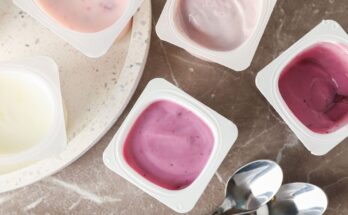Painful, uncomfortable and unattractive, blisters can quickly bother us on a daily basis. It is also sometimes very tempting to pierce them to reduce the pain. But is it really a good idea? Update with Dr Gérald Kierzek, emergency doctor and medical director of TipsForWomens.
The blister, also called phlyctène, corresponds to an uplift of the epidermis with the formation of a blister filled with a clear liquid. It is a burn caused by intense and repetitive friction, slow or sometimes fast. Very often located in the heel or toes, the blister occurs following the wearing of new or too tight shoes, heat and humidity or even a deformation of the foot such as a hallux valgus. When treated, the latter disappears within a few days. Otherwise, it can get worse, especially if it is raw.
What to do to treat a blister?
As Dr. Gérald Kierzek points out, if the blister is small, closed and not painful, then piercing it is not useful. It is therefore recommended to leave it as it is and to put a bandage to protect it. On the other hand, if the latter is closed, rather large, bulging and painful, it is possible to pierce it. But for this, as Dr Gérald Kierzek points out, it is necessary to follow certain steps to avoid infection:
- Wash your hands with soap and water;
- Take a needle that you will sterilize beforehand using a disinfectant product;
- Pierce the ampoule and press it lightly to evacuate the liquid it contains;
- Cut away the dead skin that covers it so as not to prevent healing;
- Disinfect the area with an antiseptic;
- Protect the wound with a bandage (remove it at night to allow the blister to dry out).
When to worry?
Sometimes the area of skin around the blister is red, swollen, painful and associated with a discharge of pus and you have a fever. In this case, do not wait to consult your doctor.
Diabetic patients, people suffering from arthritis of the lower limbs or immunocompromised people are more at risk of suffering from an infection in the event of a blister. It is therefore recommended to be attentive and to monitor the condition of your feet every day. If in doubt, contact your doctor!




